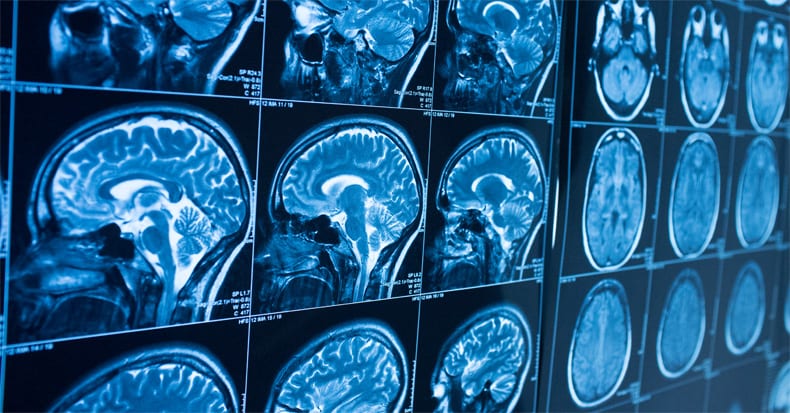
by Tejasvit Kour | Aug 2, 2017 | Whiplash
The terms “whiplash” and “neck strain” are often used interchangeably, though there’s debate about whether this is appropriate. Let’s take a closer look at the differences between these two common descriptions of neck pain… The term “strain” technically means a...

by Tejasvit Kour | Jul 3, 2017 | Whiplash
Researchers have observed a phenomenon called “central sensitization” (CS) that is common in patients who have long-term, chronic pain following trauma such as whiplash. With CS, the patient’s ability to feel pain is abnormally high or hypersensitive, so when pain...

by Tejasvit Kour | Jun 3, 2017 | Whiplash
Most sprains and strains typically take six weeks to recover, provided the patient receives proper care, which may include self-management strategies. However, something is different about a whiplash associated disorders (WAD) injury in that many patients do not...

by Tejasvit Kour | May 3, 2017 | Whiplash
Whiplash typically involves an injury to the neck, but it can often include symptoms outside of the cervical region, which is why the term “whiplash associated disorder” (WAD) may be a more appropriate description for the condition. WAD is most commonly associated...

by Tejasvit Kour | Apr 3, 2017 | Whiplash
As previously discussed, many patients with a whiplash injury also experience some degree of traumatic brain injury (TBI), which can prolong the recovery process. A 2012 study involving patients with severe TBI found the rate of favorable recovery increased 25% in...

by Tejasvit Kour | Mar 4, 2017 | Whiplash
In a 2010 study, researchers examined MRIs taken from 1,200 patients (600 whiplash and 600 non-whiplash neck pain patients) and noted that those who had sustained whiplash were more likely to have a brain injury than non-whiplash neck pain patients. The specific type...







